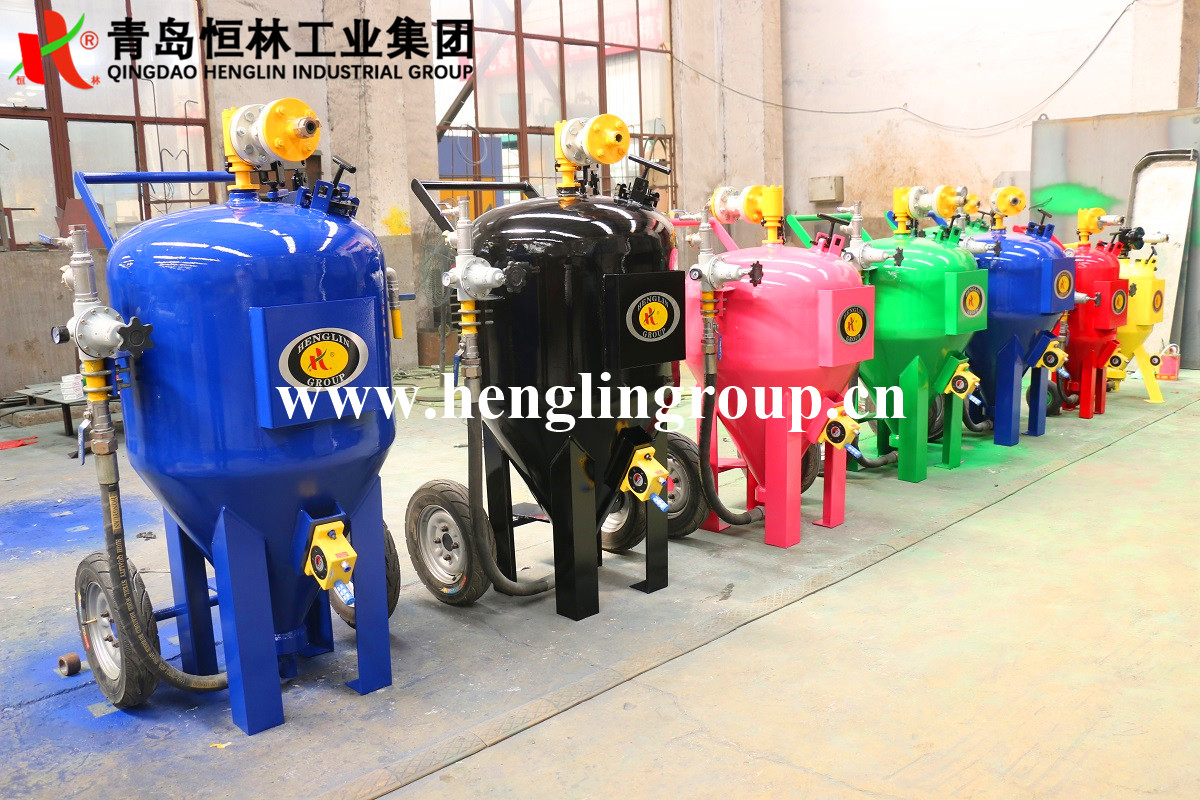Qingdao Henglin Industrial Group Co., Ltd.
We are currently one of the largest professional industrial research, design, manufacture throwing, shot peening equipment, environmental dust removal equipment, sand processing equipment, V / EPC production line, modeling / core equipment and automated molding equipment industry base.
© Copyright 2018 - Qingdao Henglin Industrial Group Co., Ltd.
Tel
+86-13869869238
ceoqu@henglingroup.cn
What are the requirements for blasting machine rust removal
Classification:
Industry News
Release time:
2019/10/23 15:26
Commonly used sandblasting or shot blasting method blasting method is to use compressed air to spray the sand of certain size through the spray gun on the rusted surface of the part, not only to remove rust quickly, but also for painting, spraying, electroplating, etc. The process is prepared for appearance, and the blasted surface can reach a clean, flawed appearance request, and then improve the bonding force between the cover layer and the part.

Common methods of sandblasting and rust removal include dry blasting, wet blasting, dustless blasting and high pressure water blasting. Dry sandblasting dust is large, which hinders environmental protection and damages health; although the wet method has no dust, the moisture will cause the surface to rust again. The method to avoid is to add 1% to 15% of rust inhibitor (trisodium phosphate, sodium carbonate, sodium nitrite, etc.) and emulsifier or soapy water in water, so that its appearance will not rust in a short period of time, then Recoat the primer. Dust-free blasting is to continuously circulate in a closed system, such as sanding, sand blasting and collecting sand, so as to avoid dust flying. High-pressure water blasting is mainly used for large-area derusting, such as hulls, oil tanks, oil tanks, boilers, etc., and passivation and soapy water are often added to the water.

Shot blasting or sand blasting:
1. Derusting quality level request:
1 All steel materials to be coated with water-based inorganic zinc-rich coatings are required to be shot blasted or sandblasted to reach the ISO8501-1 (GB8923-88) Sa2.5 level request.
2 When the coating is partially repaired, it is necessary to polish the steel surface to ISO8501-1 (GB8923-88) St3.
2. Appearance roughness request: The appearance roughness request is controlled within the range of 35 to 65 μm.
3. Abrasives:
1 In order to ensure the cleanliness and appearance roughness of the steel surface after shot blasting or sandblasting, it is recommended to use stainless steel sand with an angular or bead shape of 0.3-0.8mm.
2 The abrasive used should be clean and boring, and should not be contaminated by organic matter.
4. Compressed air: compressed air for sandblasting, the pressure should not be less than 0.5MPa.
Key words:
Previous article:
Advantages of using a resin sand treatment line











